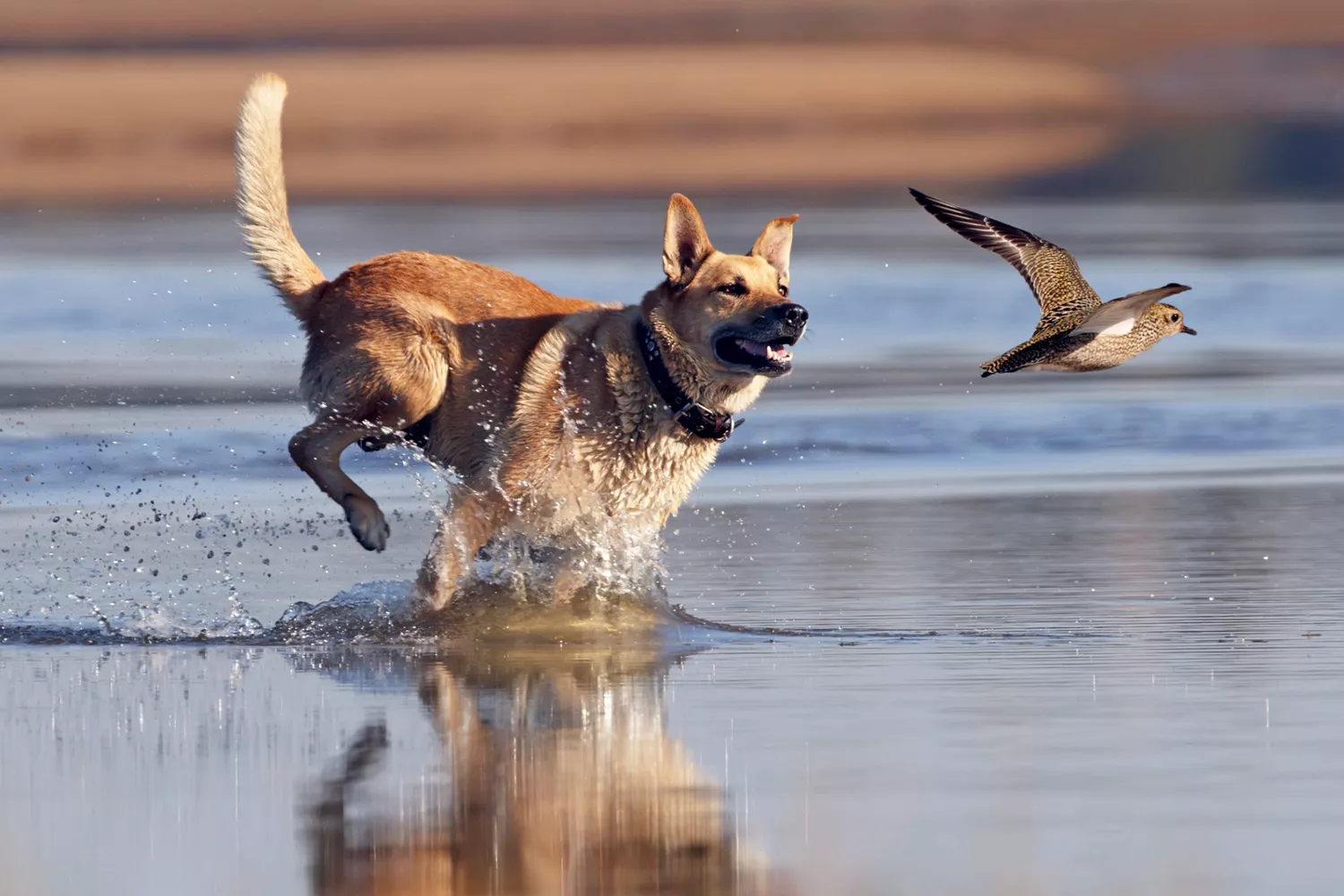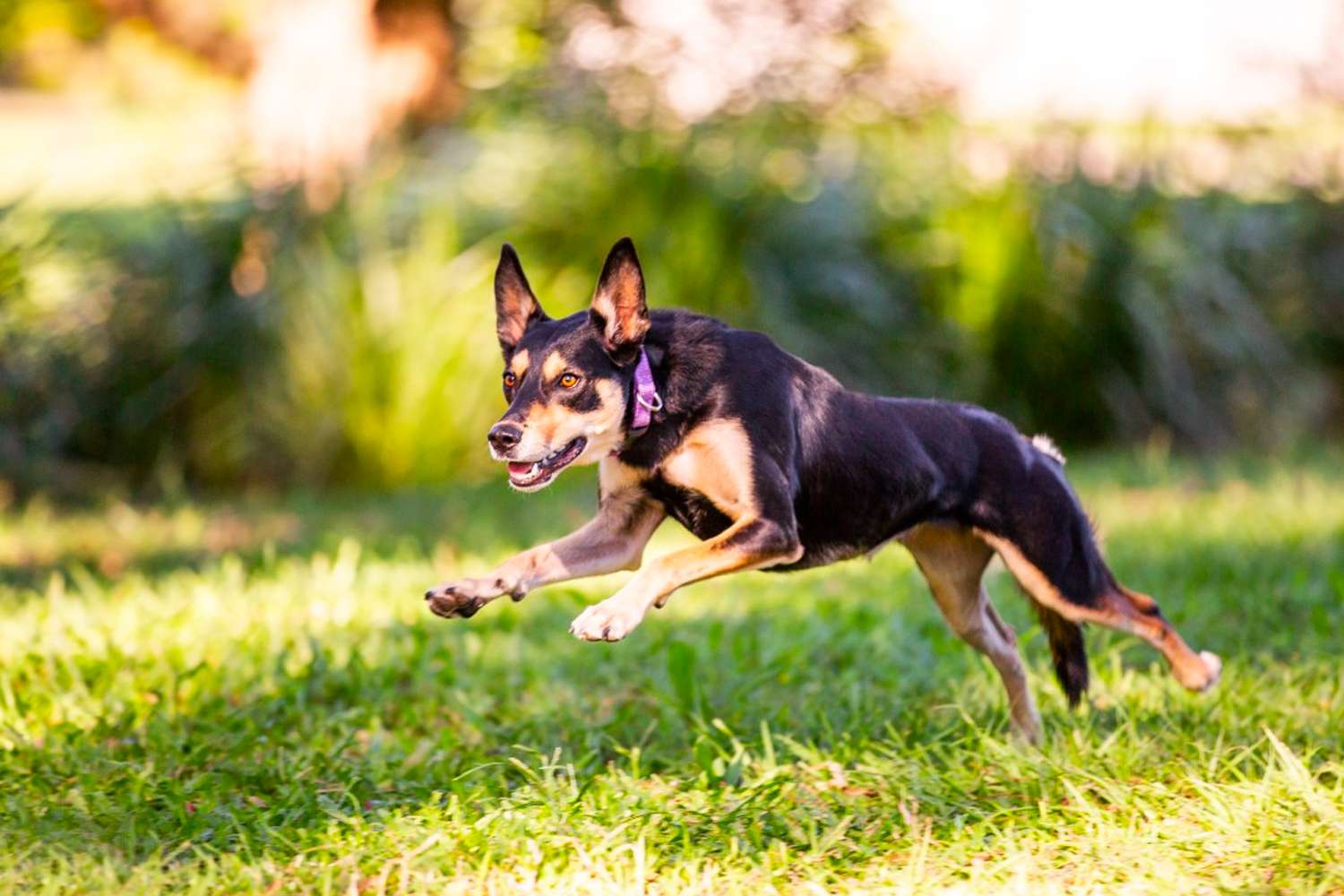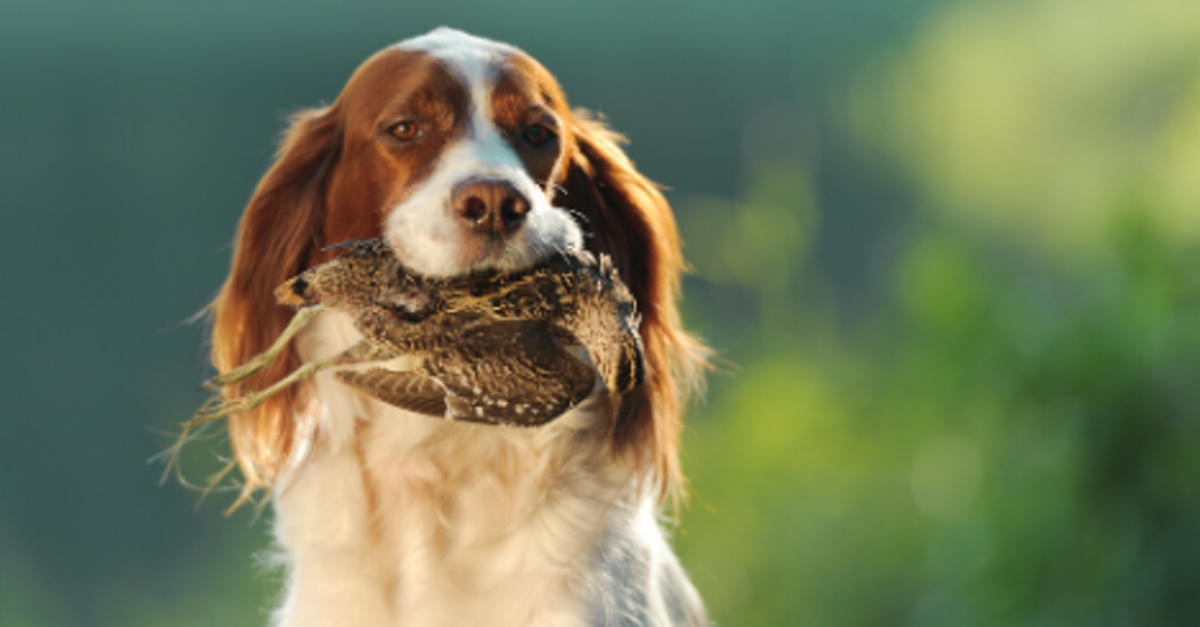
Our canine companions frequently engage in behaviors that perplex us. They dig, chew, rummage through garbage, nip at our heels, and even chase our feline friends (poor kitties!). These actions often leave us puzzled, searching for explanations for their antics. When we struggle to understand why our dogs behave in certain ways, we may attribute it to a commonly used term: prey drive. But what does that really mean?
Unfortunately, there isn’t a straightforward definition or explanation. I know, it’s frustrating. However, categorizing dog behaviors is a complex matter, and doing so without caution can lead to frustration for both you and your furry friend.
What is Prey Drive in Dogs?
Prey drive is commonly understood as a dog’s innate inclination and eagerness to locate, pursue, and seize prey, which may encompass animals, toys, or food items. Karen B. London, Ph.D., a certified applied animal behaviorist and professional dog trainer, highlights the variability in what constitutes “prey” and the dog’s subsequent actions toward it. This includes the spectrum of behaviors from chasing to biting or killing, contingent upon the circumstances.
Examining the term “drive,” particularly in the context of animals in their natural habitats, reveals that prey drive can be conflated with predatory behaviors, although it fundamentally denotes motivation or desire, which can fluctuate. Drawing a parallel, individuals may lack motivation to undertake an activity after a hearty meal but exhibit enthusiasm if hungry. Consequently, when discussing prey drive within breeds, it generally implies an inherent inclination to hunt, pursue, and capture prey, characteristic of many breeds owing to their genetic predispositions.

It’s prudent to differentiate between playful chasing and genuine hunting instincts under the guise of prey drive. While most dogs may engage in chasing games, they may not harbor intentions to capture prey. For instance, herding breeds such as the Australian cattle dog or Border collie may enjoy chasing and herding behavior without intending harm to the target.
Personal experiences with different breeds further illustrate this distinction. The author owns an Australian shepherd and a borzoi, both exhibiting distinct behaviors. While the Australian shepherd enthusiastically engages in chasing games but promptly ceases when the activity ends, the borzoi demonstrated a near-capture of a rabbit, though uncertain of what to do afterward. Notably, both breeds coexist peacefully with cats despite their inherent hunting instincts.
Owners often misinterpret hunting behaviors, particularly chasing, as signs of aggression, attributing them to prey drive. However, understanding these behaviors within their context can alleviate concerns and aid in managing them effectively.
Does My Dog Have a High Prey Drive? And Should I Worry?
The term “prey drive” doesn’t simply encapsulate a particular dog’s personality; rather, it encompasses a variety of behaviors or actions occurring within a specific context. Understanding the circumstances and timing of these behaviors is crucial. Prey drive involves a combination of various behaviors manifested in particular situations.

Breeds that have been selectively bred for pursuing, chasing, or hunting are more prone to displaying behaviors associated with “prey drive.” For owners who are unprepared, failure to recognize and address these inherent breed tendencies could lead to difficulties. For example, owners should be aware that their rat terrier might catch and potentially consume unsuspecting chipmunks, while a saluki might suddenly sprint off after a rabbit, leaving its owner behind.
It’s essential to carefully consider the implications of bringing any dog into your home, particularly breeds predisposed to such behaviors due to genetics.
Irith Bloom, owner of The Sophisticated Dog, LLC, emphasizes the individuality of each dog while acknowledging the influence of breeding: “While all dogs possess some inclination to chase, bite, or even kill other animals, certain breeds are specifically engineered for these activities.”
If you’re thinking of adopting a dog known for its strong prey-drive tendencies, thorough research, planning, and preparation are essential before bringing them home. Consult reputable breeders, licensed veterinarians, and certified dog trainers extensively. Spend time with current owners and observe the breed’s behavior around various stimuli. The more informed your decision, the better suited your canine companion will be to your lifestyle.
However, enjoying activities like chasing or tracking local wildlife during walks doesn’t necessarily indicate aggressive tendencies or difficulty in living with your dog. It’s crucial to observe such behaviors in different contexts before drawing conclusions. If you’re concerned about your dog’s behavior or find it challenging to manage, seeking assistance from a board-certified veterinary behaviorist or certified animal behavior consultant is advisable.
Effective management techniques, particularly through positive reinforcement, can help redirect your dog’s attention away from potential distractions and encourage behaviors more suitable for your needs, such as “come,” “stay,” or “leave-it.”



